
The event brought together managers, experts, scientists , businesses and local authorities to share experiences and orient the digital transformation roadmap with three goals: ensuring construction safety against extreme weather, effectively reducing floods downstream and improving multi-purpose water supply capacity.
Currently, the country has 7,315 dams and reservoirs with a total capacity of about 15 billion m³, ensuring irrigation for 1.1 million hectares and providing 1.5 billion m³ of water for domestic use and industry. However, according to Mr. Phan Tien An - Head of the Dam and Reservoir Safety Department, the level of technology application in management is still low, especially in the group of medium and small reservoirs managed by localities. Many mandatory requirements have not been fully implemented: only 30% of reservoirs have emergency response plans, 9% have been inspected for safety, 31% have operating procedures and only 11% have marked protection areas. Technical data of most reservoirs is incomplete and scattered; regulations on inter-reservoir operation coordination still lack consistency.
Some localities have built integrated reservoir disaster prevention data management software, but it has not been connected to the database of the Ministry of Agriculture and Environment and has not updated downstream information. About 100 large reservoirs with sluice gates have installed automatic rain monitoring equipment, but the system has not been standardized, lacks maintenance, and often has data errors.
In the context of climate change causing extreme floods and urbanization reducing flood drainage space, the need to operate reservoirs to ensure downstream safety is increasingly urgent. However, at present, there is no unified coordination regulation between localities in the same basin. Each reservoir operates according to its own process, while there is no focal agency responsible for general coordination when an emergency occurs. Coordination between inter-reservoir operating groups (hydroelectric reservoirs and irrigation reservoirs) is not really synchronized. Data sharing between hydroelectric reservoirs and irrigation reservoirs is still limited; there is no centralized operating and monitoring platform for the entire basin, said Mr. Phan Tien An.
According to Mr. Phan Tien An, to move to smart management, it is necessary to improve institutions, data standards and real-time monitoring; upgrade dam and reservoir databases in a synchronous and integrated direction; fully install monitoring equipment and multi-channel flood warning systems; and train a team of staff with digital capacity. The irrigation sector will also promote the application of AI, IoT, Big Data and decision support systems on a unified digital platform.
Dr. Nguyen Van Manh (Institute of Water Resources Planning) said that existing forecasting models are serving flood warning and proposing operational plans for many large reservoirs, but the quality of forecasting still depends on rainfall data and outdated technology, which needs to be upgraded soon.
Prof. Dr. Nguyen Quoc Dung, Permanent Vice President of the Vietnam Association of Large Dams and Water Resources Development, assessed that Vietnam has paid attention to building a DSS and in fact, this tool has shown to effectively support the operation of reservoirs, inter-reservoirs and natural disaster prevention. However, with the increasing demands on dam safety, downstream safety and optimal water exploitation in the context of extreme climate, Vietnam needs a smarter, more modern operational support system, capable of meeting the new challenges of water resources management.
Source: https://baotintuc.vn/kinh-te/so-hoa-de-ho-chua-nuoc-chu-dong-ung-pho-mua-lu-bat-thuong-20251121170127460.htm


![[Photo] General Secretary To Lam receives President of the Senate of the Czech Republic Milos Vystrcil](/_next/image?url=https%3A%2F%2Fvphoto.vietnam.vn%2Fthumb%2F1200x675%2Fvietnam%2Fresource%2FIMAGE%2F2025%2F11%2F21%2F1763723946294_ndo_br_1-8401-jpg.webp&w=3840&q=75)
![[Photo] Visit Hung Yen to admire the "wooden masterpiece" pagoda in the heart of the Northern Delta](/_next/image?url=https%3A%2F%2Fvphoto.vietnam.vn%2Fthumb%2F1200x675%2Fvietnam%2Fresource%2FIMAGE%2F2025%2F11%2F21%2F1763716446000_a1-bnd-8471-1769-jpg.webp&w=3840&q=75)
![[Photo] President Luong Cuong receives Speaker of the Korean National Assembly Woo Won Shik](/_next/image?url=https%3A%2F%2Fvphoto.vietnam.vn%2Fthumb%2F1200x675%2Fvietnam%2Fresource%2FIMAGE%2F2025%2F11%2F21%2F1763720046458_ndo_br_1-jpg.webp&w=3840&q=75)


![[Photo] National Assembly Chairman Tran Thanh Man holds talks with President of the Senate of the Czech Republic Milos Vystrcil](/_next/image?url=https%3A%2F%2Fvphoto.vietnam.vn%2Fthumb%2F1200x675%2Fvietnam%2Fresource%2FIMAGE%2F2025%2F11%2F21%2F1763715853195_ndo_br_bnd-6440-jpg.webp&w=3840&q=75)
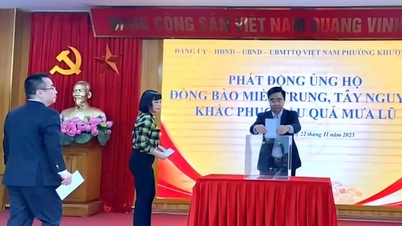

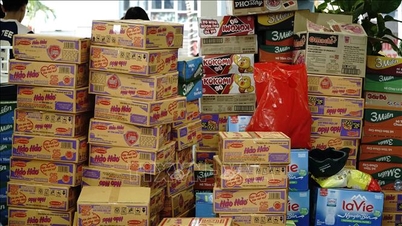
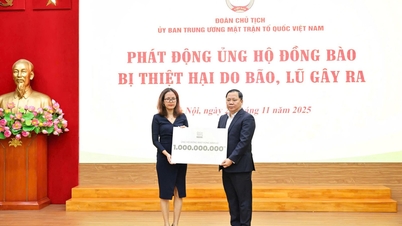

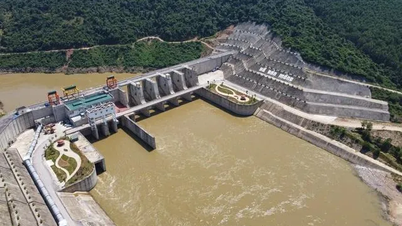

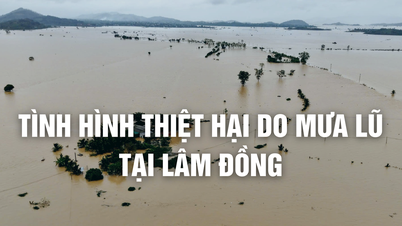







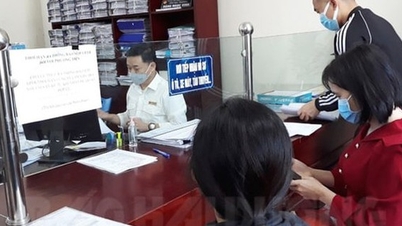












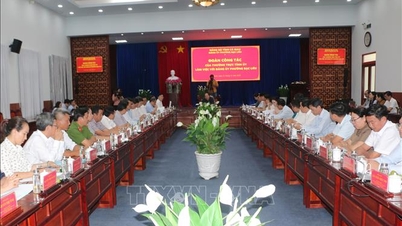



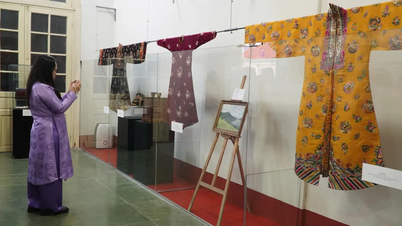
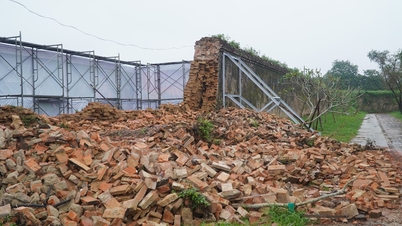

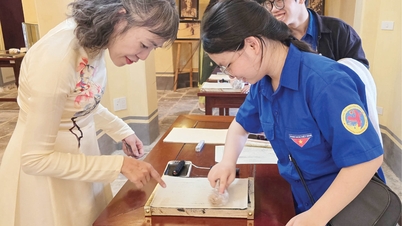













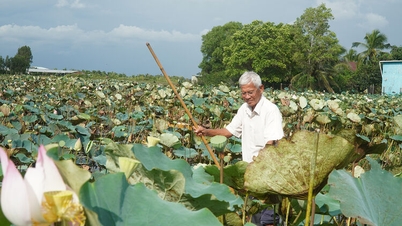




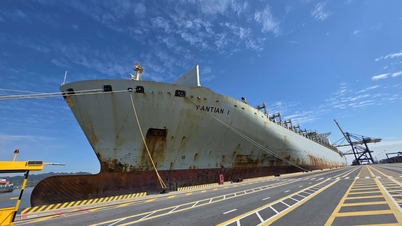
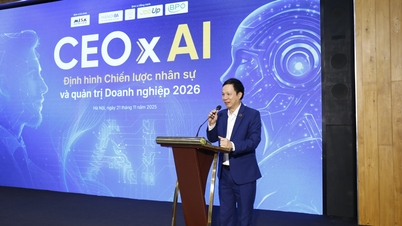









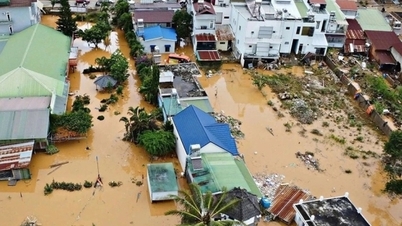


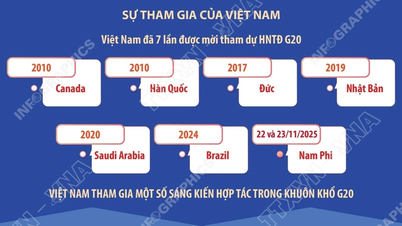


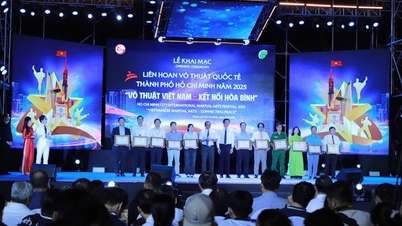

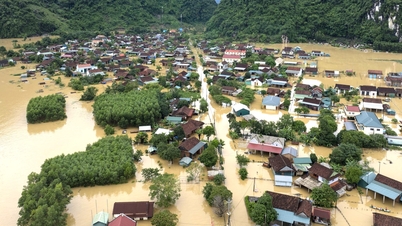






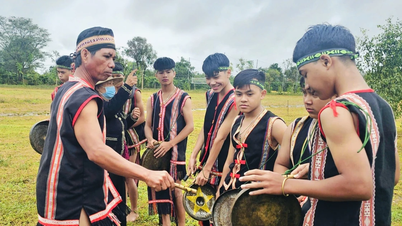



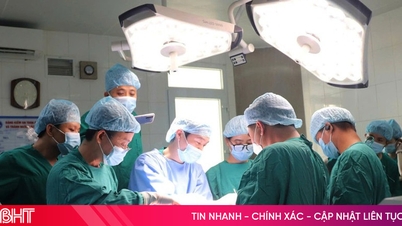

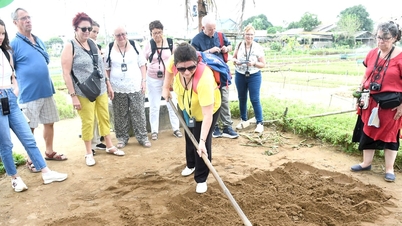

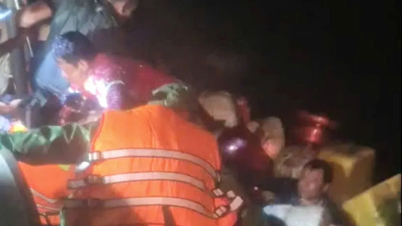
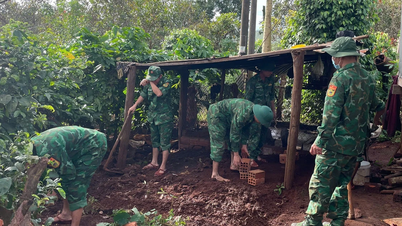













Comment (0)